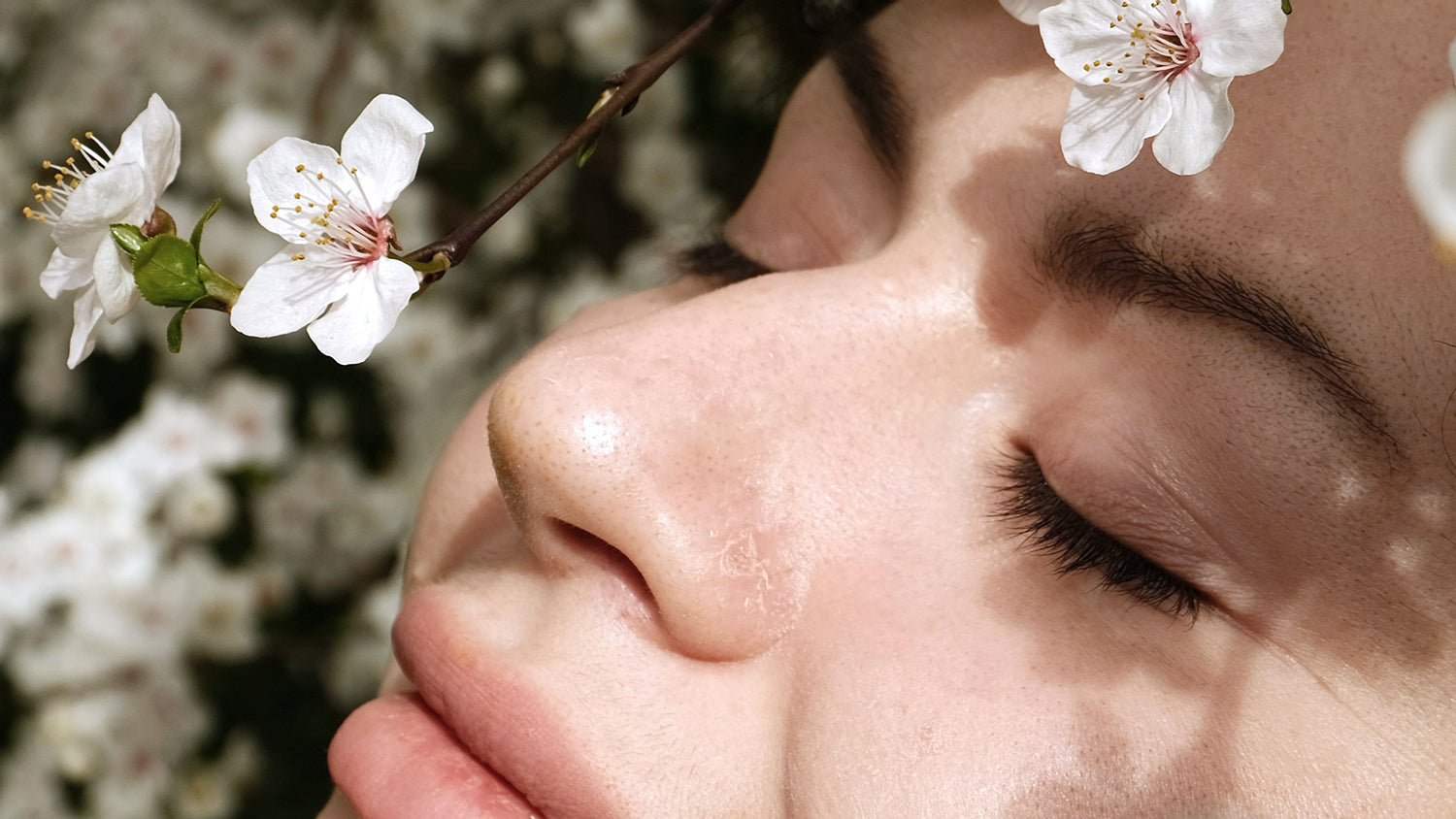What is the difference between atopic and seborrheic dermatitis ? In the medical field, when we talk about dermatitis we always refer generically to an inflammation of the skin . The latter can be caused by various factors capable of causing an annoying and unsightly skin reaction. Precisely based on the triggering causes, the areas of the body affected and the ways in which it presents itself, different types of dermatitis have been identified. Among them there are:
- atopic dermatitis ;
- seborrheic dermatitis ;
- allergic contact dermatitis;
- stress dermatitis ;
- irritant contact dermatitis;
- dermatitis herpetiformis.
Focusing on the first two types, we can say that they differ from each other for several factors. The first presents with redness and itching, while the second affects the areas where the sebaceous glands are present, thus presenting the formation of yellowish-white scales that detach from the skin. Here's what we need to know about atopic and seborrheic dermatitis, but above all how we can combat both.
Atopic and seborrheic dermatitis: the differences
What are the differences between atopic and seborrheic dermatitis ? The first causes itching and redness of the skin. Its manifestation can interfere with everyday life. Itching can compromise a good night's sleep and thus reduce concentration. The red patches can also affect self-esteem and social relationships. Like most dermatitis, in fact, atopic dermatitis also appears on clearly visible parts of the body that make it difficult for those affected to create relationships or bonds with other human beings. Among the most affected areas are the hands, feet, wrists, ankles , inner crease of the elbow, back crease of the knees, face, neck, chest and the area around the eyes .
Atopic dermatitis can arise due to:
- genetic factors;
- environmental factors;
- immunological factors.
In addition to this, we know that the change of season and psychophysical stress can exacerbate the clinical picture of those affected. It can manifest itself from birth with abundant cradle cap or in the first months or years of life. Otherwise it can appear suddenly even in adulthood. It is estimated that in Italy between 2% and 8% of people are affected.
Unlike atopic dermatitis, seborrheic dermatitis affects areas of the skin rich in sebaceous glands such as the scalp, nasolabial folds, retroauricular areas, eyebrow arches and the sternal area. It manifests itself with scales that do not adhere to the scalp and in the most severe forms with real erythematous plaques covered with greasy scales of a yellowish color.
Another difference concerns the age at which it appears. Seborrheic dermatitis appears, in fact, around 30-40 years of age. In addition to this, it has been observed that this inflammation affects mainly the male population. The factors that cause its appearance can concern:
- hormonal imbalances,
- psychophysical stress,
- genetic predisposition.
How to treat atopic dermatitis?
Treatment for atopic dermatitis varies depending on the severity of the condition and the age at which it appears . Mild forms are often treated with topical cortisone drugs, or some immunomodulators for local use, in addition to phototherapy. The dermatologist may also evaluate the prescription of oral antihistamines to keep itching under control. Local or systemic antibiotic therapies are also used when bacterial superinfection of the skin lesions occurs. In the most severe forms of atopic dermatitis, the patient is prescribed systemic steroids or other immunosuppressants or monoclonal antibodies.
In any case, to prevent its appearance and to counteract its unwanted effects, dermatologists recommend: avoiding too long and frequent baths or even the use of aggressive soaps, but also to expose yourself to the sun with caution using specific sun filters and to include moisturizing-soothing creams in your daily skin care . This is where Ischia SPAEH products come to the rescue. In addition to the 4 best products to treat psoriasis , there are creams, soaps and sunscreens specifically designed to combat and prevent atopic dermatitis. Each thermal water cream provides intense hydration and numerous benefits for the skin .
How to treat seborrheic dermatitis?
How to treat seborrheic dermatitis? The specialist recommends using products based on ketoconazole, ciclopirox, selenium sulfide or salicylic acid. In more serious cases, instead, topical cortisone-based treatments are used. The advice, as for atopic dermatitis, is to avoid bathing and washing too frequently, overly aggressive detergents and exposing yourself to the sun without the most suitable protection for your skin type. Taking advantage of the benefits of Nitrodi thermal water , Ischia SPAEH has created an ad hoc treatment against psoriasis and dermatitis. Using the creams and products that are part of it, you can have more hydrated, elastic and fit skin. Soothing and hydrating creams help to reduce itching and combat dryness, just as the soothing shampoo combats dandruff and protects the scalp by strengthening the barrier layer.
Choose the dermatitis and psoriasis treatment products you need on the site, or browse through the face and body creams and various products to also select ad hoc sun filters and non-aggressive cleansers specific for your skin.




